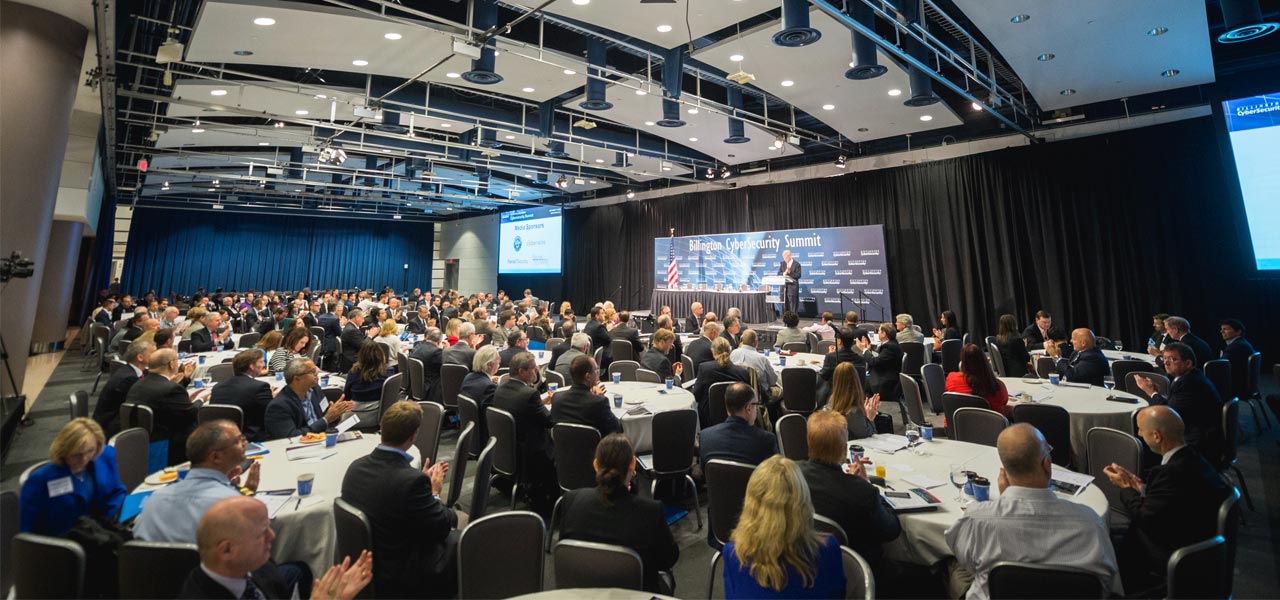In today’s fast-paced digital world, cybersecurity has become a global priority. With rising threats like ransomware, phishing, and data breaches affecting both individuals and organizations, there’s never been a more urgent need to bring experts, leaders, and innovators together. That’s where a global cybersecurity summit comes in—an event that creates a platform for knowledge-sharing, collaboration, and awareness on a global scale.
Organizing such a summit, however, is no small task. It involves careful planning, coordination, and execution to ensure the event is smooth, impactful, and reaches the right audience. Whether you’re hosting a virtual event, an in-person conference, or a hybrid model, the goal is to bring the global cybersecurity community together in a meaningful way.
This guide offers 10 smart and practical tips to help you arrange a successful global cybersecurity summit—one that’s both organized and memorable for speakers, sponsors, and attendees alike.
1. Define a Clear Theme and Objective
The first step in organizing any summit is to identify a strong theme. Your theme should reflect current cybersecurity trends or challenges, such as “Securing the Cloud,” “Fighting Ransomware Together,” or “Cybersecurity in the Age of AI.” A clearly defined theme helps set expectations, attract the right audience, and guide your session planning. It also gives the event a clear identity and purpose, which is important for branding and promotion.
2. Choose the Right Format: In-Person, Virtual, or Hybrid
Decide whether your summit will be in-person, fully virtual, or hybrid (a mix of both). Each format comes with different logistical needs. Virtual events require robust video platforms and tech support, while in-person events need a suitable venue, travel planning, and health protocols. A hybrid model can broaden your audience globally but requires extra coordination. Pick a format that best suits your goals, budget, and target audience.
3. Invite Top Industry Speakers and Experts
A summit is only as strong as its speakers. Reach out to renowned cybersecurity professionals, ethical hackers, government officials, academics, and thought leaders. These speakers draw attendees and add credibility to your event. Ensure a diverse range of voices and perspectives across regions and industries. Also, include both technical and non-technical topics to cater to different knowledge levels.
4. Plan Interactive and Varied Session Formats
Don’t limit your summit to just keynote speeches. A great cybersecurity summit should feature panel discussions, workshops, fireside chats, demos, and breakout sessions. Interactive formats encourage deeper engagement and make the experience more valuable for participants. Include live Q&As, polls, and chat features (especially for virtual attendees) to make the sessions lively and participatory.
5. Use Reliable Event Management Tools
A large-scale summit needs efficient tools for registration, scheduling, speaker coordination, and communication. Platforms can streamline processes and offer features like attendee networking, ticketing, and mobile access. These tools ensure you stay organized and reduce manual tasks. Choose one that integrates well with video conferencing platforms if your event is hybrid or virtual.
6. Promote the Event Globally
Your summit needs attendees from around the world—so your marketing must match. Use social media, email campaigns, cybersecurity forums, and industry publications to spread the word. Collaborate with cybersecurity influencers and community leaders to amplify your reach. Don’t forget to create a dedicated event website or landing page with all the necessary information, including the schedule, speaker list, registration links, and FAQs.
7. Secure Sponsors and Strategic Partnerships
Sponsorship is vital for funding and increasing your summit’s reach. Approach cybersecurity product vendors, tech companies, government agencies, and academic institutions for support. In exchange, offer branding visibility, speaking opportunities, virtual booths, or access to attendee data. Forming partnerships with cybersecurity associations also boosts your summit’s credibility and outreach.
8. Focus on Time Zone Coordination
Since your summit is global, consider time zone differences when planning sessions. Try to schedule keynotes and popular sessions during overlapping hours that suit attendees across different continents. You can also offer on-demand recordings for those who can’t attend live. Publishing the schedule in multiple time zones on your event page makes it easier for attendees to plan their participation.
9. Plan for Networking Opportunities
Networking is a key reason people attend summits. Create dedicated networking sessions, virtual lounges, meet-and-greet rooms, or breakout groups where participants can connect. Use features like attendee matchmaking, chatrooms, or one-on-one video calls to facilitate interaction. Networking helps professionals share ideas, explore collaborations, and build lasting relationships in the cybersecurity field.
10. Measure Success and Collect Feedback
After the summit, it’s important to evaluate its success. Use tools like surveys, feedback forms, and data analytics to understand what worked and what didn’t. Ask attendees about session quality, ease of navigation, speaker effectiveness, and overall experience. This feedback is essential for planning future summits and improving continuously.
Share the event’s success with your community—highlight attendee numbers, countries represented, and key insights in a post-event report or infographic. It helps build momentum for your next edition. Sharing this publicly via email, social media, or your event website not only celebrates the event’s success but also builds credibility and excitement for future editions. It demonstrates transparency and professionalism while helping attract new sponsors, speakers, and participants for upcoming events. Ultimately, a thoughtful post-event analysis and transparent reporting not only validate your efforts but also create a roadmap for continuous improvement, stronger engagement, and long-term event growth in the cybersecurity space.
Organizing a global IT security expo is a rewarding but challenging task. It requires detailed planning, the right tools, and a clear vision. By following these 10 smart tips, you can create a summit that not only informs and educates but also unites the global cybersecurity community in meaningful discussions and collaboration.
From choosing a timely theme and inviting top speakers to promoting globally and creating a smooth user experience, every detail counts. The key is to focus on delivering value—through strong content, engaging sessions, and real opportunities to connect.
Whether you’re planning your first summit or looking to improve an existing one, these tips will help ensure your event runs neatly, professionally, and successfully—making a lasting impact on cybersecurity awareness and innovation worldwide.








